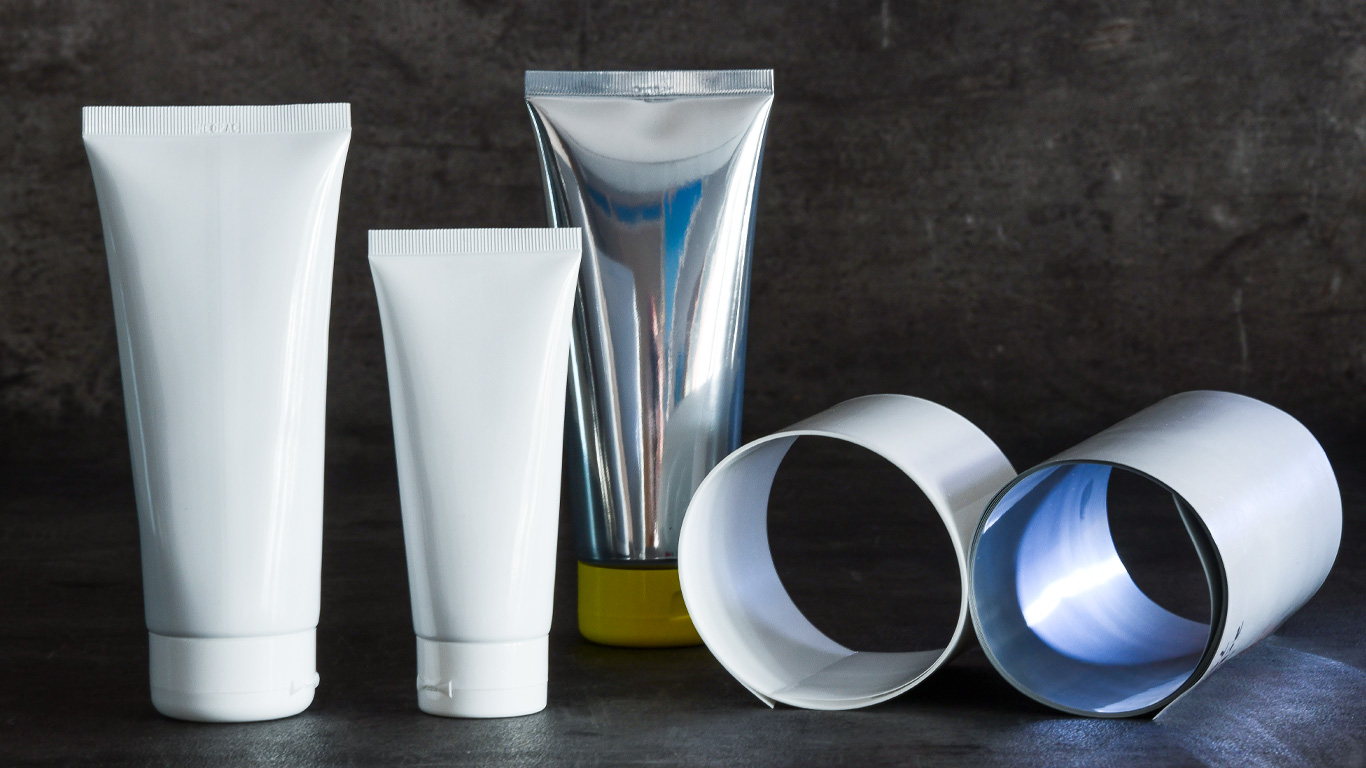In an era marked by growing environmental consciousness and a collective effort to reduce waste, the journey towards sustainable packaging solutions has become increasingly vital. Among the various forms of packaging, tubes play a significant role in the Tube Packaging Manufacturer industry, particularly in sectors like cosmetics, pharmaceuticals, and food. However, the conventional materials and manufacturing processes used in tube packaging often contribute to environmental degradation. As a response, the quest for sustainable tube packaging solutions has gained momentum, paving the way for innovation and conscious consumerism.
The Problem with Conventional Tube Packaging
Conventional tube packaging, typically composed of materials like plastic and aluminum, poses several environmental challenges. Plastic tubes, commonly made from polyethylene (PE) or polypropylene (PP), contribute to pollution and take centuries to degrade. Additionally, the extraction and processing of these materials involve energy-intensive processes, further exacerbating environmental concerns. Moreover, single-use plastic tubes are often difficult to recycle due to their complex composition, leading to significant waste accumulation in landfills and oceans.
Driving Forces Towards Sustainability
The increasing awareness of environmental issues and the demand for eco-friendly products have been instrumental in driving the shift towards sustainable tube packaging solutions. Consumers are now more inclined to choose products packaged in materials that are biodegradable, recyclable, or made from renewable resources. Consequently, companies are under pressure to adopt environmentally friendly practices and offer packaging options that align with consumer values.
Government regulations and policies aimed at reducing plastic usage and promoting sustainable packaging have also played a crucial role in accelerating the adoption of eco-friendly alternatives. As sustainability becomes a key differentiator in the market, businesses are compelled to incorporate environmentally conscious practices into their operations to remain competitive and meet regulatory requirements.
Innovations in Sustainable Tube Packaging
The quest for sustainable tube packaging solutions has spurred innovation across various fronts, from materials to manufacturing processes:
- Biodegradable Materials: Researchers and manufacturers are exploring the use of biodegradable materials such as bio-based plastics, compostable polymers, and paperboard to replace conventional plastics in tube packaging. These materials offer comparable functionality while being more environmentally friendly and easily degradable.
- Recyclable Options: Designing tubes that are easily recyclable has been a focus of many packaging companies. By using mono-materials or materials that are compatible with existing recycling systems, companies aim to minimize waste and improve the circularity of packaging materials.
- Refillable and Reusable Tubes: Another emerging trend is the development of refillable and reusable tube packaging systems. By offering consumers the option to refill their tubes with product or repurpose them for other uses, companies can significantly reduce the environmental footprint associated with single-use packaging.
- Innovative Manufacturing Processes: Advancements in manufacturing technologies, such as 3D printing and extrusion processes, have enabled the production of sustainable tube packaging with reduced material waste and energy consumption.
Embracing a Sustainable Future
The journey towards sustainable tube packaging solutions is a collaborative effort that involves stakeholders across the supply chain, including manufacturers, brands, consumers, and regulatory bodies. While progress has been made in developing eco-friendly alternatives, there are still challenges to overcome, such as scalability, cost-effectiveness, and consumer acceptance.
To drive meaningful change, it is imperative for businesses to prioritize sustainability as a core value and invest in research and development to innovate and improve existing packaging solutions continually. Consumer education and awareness campaigns can also play a vital role in fostering a culture of sustainability and encouraging conscious consumption practices.
